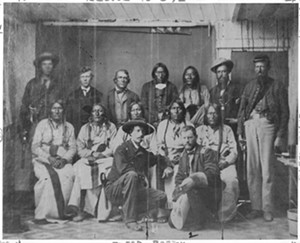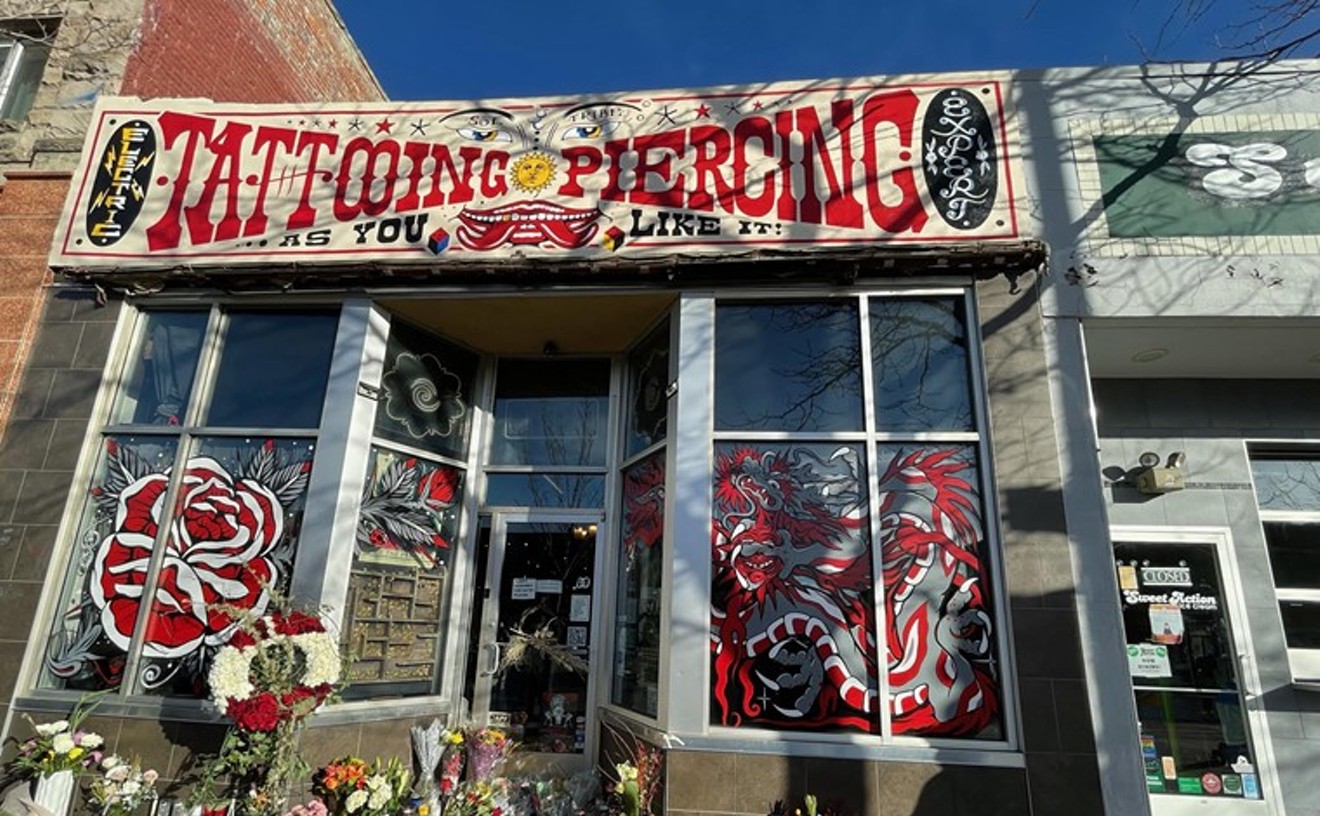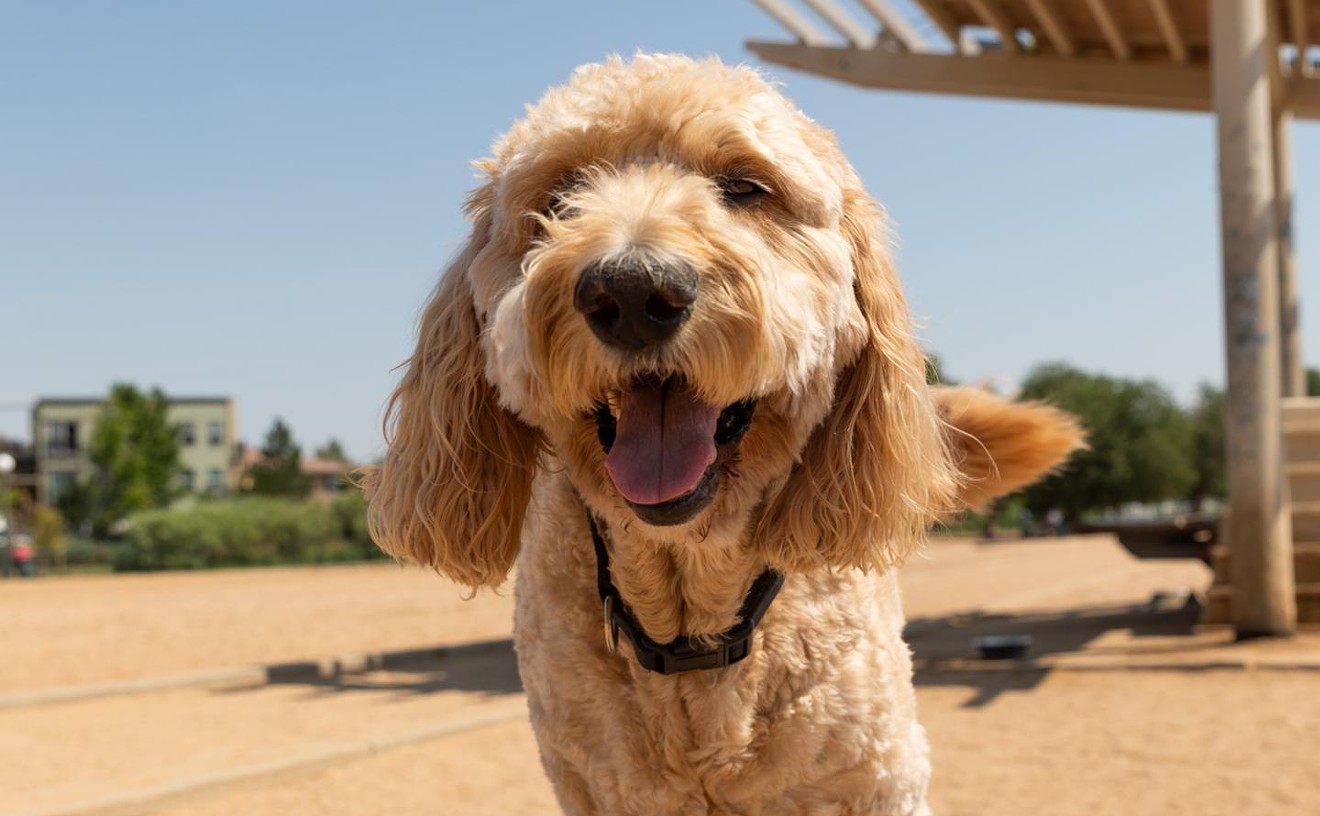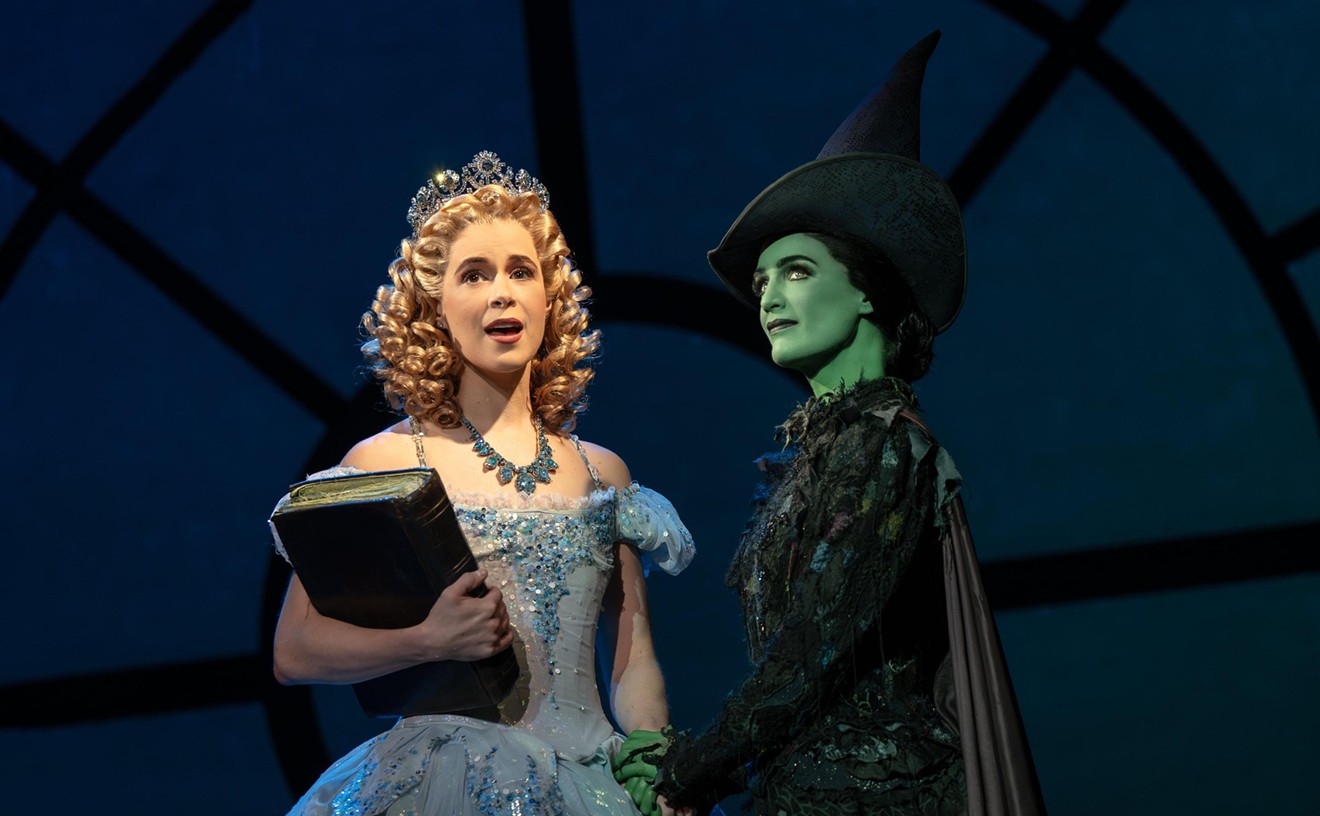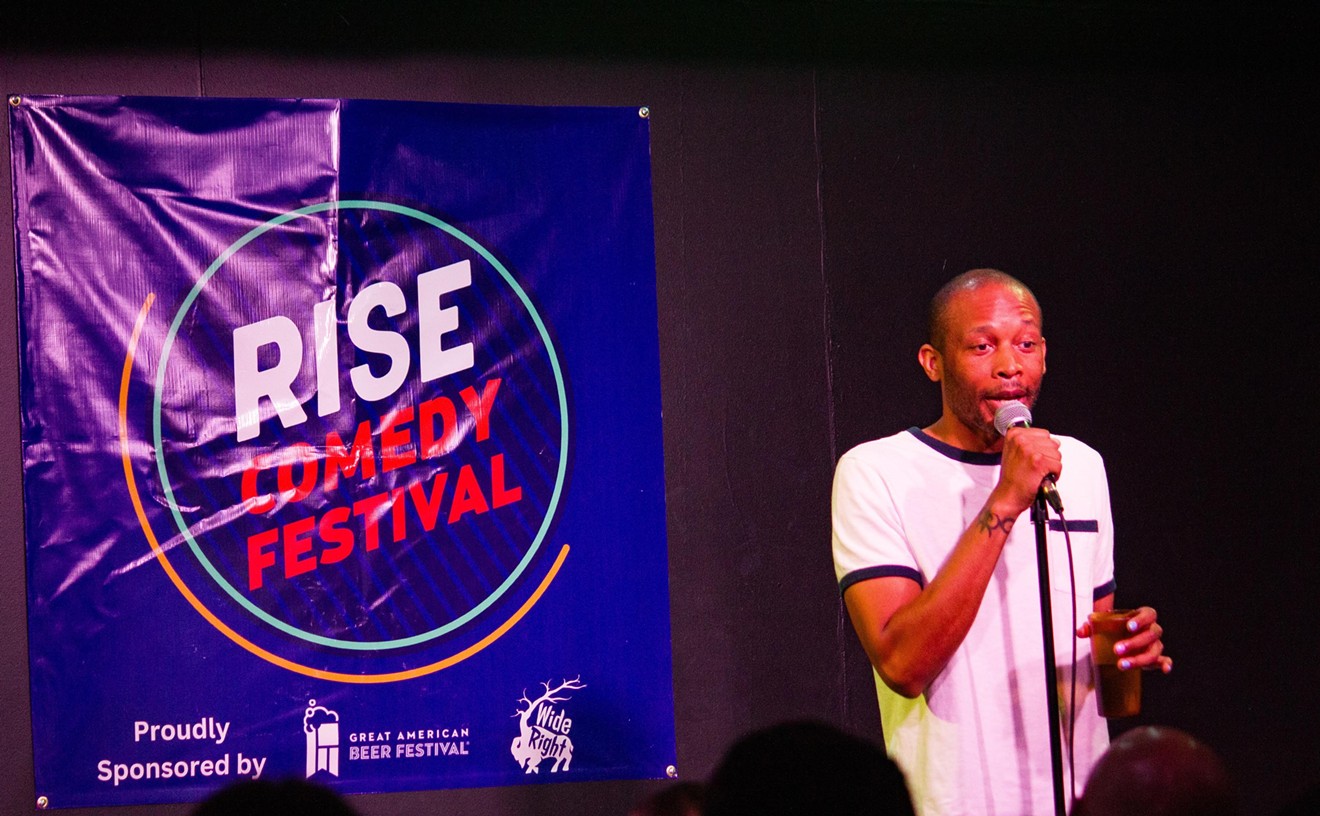Cinnamon Kills First, a member of the Northern Cheyenne tribe, is a direct descendant of Sand Creek Massacre survivors, whose sorrows still lie in the hearts of their descendants. Even Kills First’s Ivy League education can’t purge the pain that comes with having so much — land, lifestyle, spiritual life, language, culture and freedom — taken from all Indigenous families across North America over the past centuries.
But Kills First recognizes how deep the sorrow and sickness go on both sides — the trauma ancestors experienced, as well as the horror of colonialists who have not yet owned the cruelty and entitlement of their actions — and found a way to heal both entities from the inside out, from deep in the body where the secrets hide. It’s rooted in somatic therapy and meditation, with two separate tracks toward healing: one for the injured and one for the violators.
“Somatic is body-based,” Kills First explains. “We want people to feel it. We’re inviting bodies into reckoning with the fact that massacres took place in order for white people to live here now.” Kills First describes the experience as
“a release in the body: shaking, tears and heat” leading to “whatever flight response is open to healing, and an end point encouraging people to direct action by joining local efforts."
The preferred resolution is to answer the call with understanding and healing actions. “It’s a healing oppression theory,” Kills First adds. “White people need healing in order to stop the perpetration ongoing on our lands and allow them to heal by reckoning with the Native part. It’s a design equivalent for white people to experience this history in a creative way.”
Kills First found a promising vehicle for these healing modalities after meeting with Patrick Mueller of Control Group Productions, a Denver-based immersive movement theater, in 2021, while visiting Boulder for an Indigenous Peoples weekend. A back-and-forth dialogue between the two began in early 2022, as they haggled over the best way to present Kills First’s work in an immersive theatrical framework.
Mueller’s experience in the structure of traveling immersive and political theater carried the potential for taking people on a well-rounded social-justice somatic journey by bus and foot designed to leave them forever changed, while giving Kills First’s theories wider access.
After more than two years of planning, the vehicle to do just that, Breathing Healing Into the Banks of Sand Creek, will get underway on May 2. Over the next three weeks, the starting/ending locations will rotate from south Denver to north Denver to Boulder, but all have a similar itinerary.
Mueller and Kills First had to bridge their own gaps before they could solidify a plan, however. “It was important here for Cinnamon and me to first sit facing each other, getting to know each other’s values, skill sets and passions,” Mueller says. “But we realized early on that we’d need to put an end point in front of us when we would stop getting to know each other, and continue going shoulder to shoulder rather than face to face.
“Several projects found us through those dialogues, the whole time taking a broad stroke into detail and mutation about this, how a production like this could best serve our goals,” he continues, noting that they had to hammer out their fundamental goals regarding confronting people and then move through the process of releasing and healing. For outside input, they led public dialogues with both Native and non-Native participants.
They also began to collect a team of resource people to work with, first bringing on co-leaders Laurie Rugenstein, a music therapist, Naropa instructor and colleague of Kills First’s with similar interests, and Bill Tall Bull, a Southern Cheyenne activist and historian and descendant of Sand Creek Massacre survivors who is also Kills First’s relative. Both will join Kills First, Mueller and other Control Group performers as part of the cast.
As plans came together, they added theatrical and producing crews; performers Sid Madrid and Kristine Whittle; artist Diego Florez-Arroyo to paint murals aboard the Healing Bus; sound designer Silen Wellington; and costumer Erika Daun.
Breathing Healing is Control Group’s most complicated production to date, and here's why: Once audience members climb aboard the bus, they’ll visit various sites with ties to the Sand Creek Massacre’s history. Through storytelling on the bus and participation on the ground, Sand Creek’s major players and events will solidify: heroes, villains, historical moments, the inherent horror of the massacre. “There are active scenes on the ground to confront, and meditation to reflect the body on the bus en route from scene to scene,” Kills First says.
On November 30, 1864, more than 200 Cheyenne and Arapaho, most of them women, children and old men, were murdered by Colonel John Chivington and his Colorado Volunteers on the banks of Sand Creek, 160 miles southeast of the new town of Denver; they desecrated the bodies and then traveled with their plunder back to Denver, where they paraded through town. Meanwhile, the survivors fled, ultimately leaving Colorado altogether.
Breathing Healing stops include Confluence Park, where the tribes camped at the juncture of the South Platte River and Cherry Creek two centuries ago, long before gold was found there; the Weld Camp historical marker indicating the place where a treaty discussion was held that led leaders of the Arapaho and Cheyenne to believe that they would be under the Army's protection and safe at their camp along the banks of Sand Creek, and where soldiers and volunteers then staged before heading out on the raid of that camp; and Larimer Square, a block from where Captain Silas Soule, who spoke out against the massacre and refused to let his men participate, was shot to death in April 1865, after he testified before Congress about the horrors of what he'd seen. Based on his testimony and that of other witnesses, Congress declared the action a massacre — even as the Civil War raged.
But essentially, Breathing Healing "is not a reenactment or totally historical,” notes Kills First. Instead, it’s the first step toward becoming a vessel of pain, a body open to understanding wrongdoing through any means possible.
Control Group Productions presents Breathing Healing Into the Banks of Sand Creek, an immersive experience stretching from Denver to Boulder, May 2 through May 19; find the schedule and get tickets at Eventbrite.
[
{
"name": "Air - MediumRectangle - Inline Content - Mobile Display Size",
"component": "12017618",
"insertPoint": "2",
"requiredCountToDisplay": "2",
"watchElement": ".fdn-content-body",
"astAdList": [
{
"adType": "rectangle",
"displayTargets": "mobile"
}
]
},{
"name": "Editor Picks",
"component": "17242653",
"insertPoint": "4",
"requiredCountToDisplay": "1",
"watchElement": ".fdn-content-body",
"astAdList": [
{
"adType": "rectangle",
"displayTargets": "desktop|tablet"
},{
"adType": "rectangle",
"displayTargets": "desktop|tablet|mobile"
}
]
},{
"name": "Inline Links",
"component": "18838239",
"insertPoint": "8th",
"startingPoint": 8,
"requiredCountToDisplay": "7",
"maxInsertions": 25
},{
"name": "Air - MediumRectangle - Combo - Inline Content",
"component": "17261320",
"insertPoint": "8th",
"startingPoint": 8,
"requiredCountToDisplay": "7",
"maxInsertions": 25,
"watchElement": ".fdn-content-body",
"astAdList": [
{
"adType": "rectangle",
"displayTargets": "desktop|tablet"
},{
"adType": "rectangle",
"displayTargets": "desktop|tablet|mobile"
}
]
},{
"name": "Inline Links",
"component": "18838239",
"insertPoint": "8th",
"startingPoint": 12,
"requiredCountToDisplay": "11",
"maxInsertions": 25
},{
"name": "Air - Leaderboard Tower - Combo - Inline Content",
"component": "17261321",
"insertPoint": "8th",
"startingPoint": 12,
"requiredCountToDisplay": "11",
"maxInsertions": 25,
"watchElement": ".fdn-content-body",
"astAdList": [
{
"adType": "leaderboardInlineContent",
"displayTargets": "desktop|tablet"
},{
"adType": "tower",
"displayTargets": "mobile"
}
]
}
]


